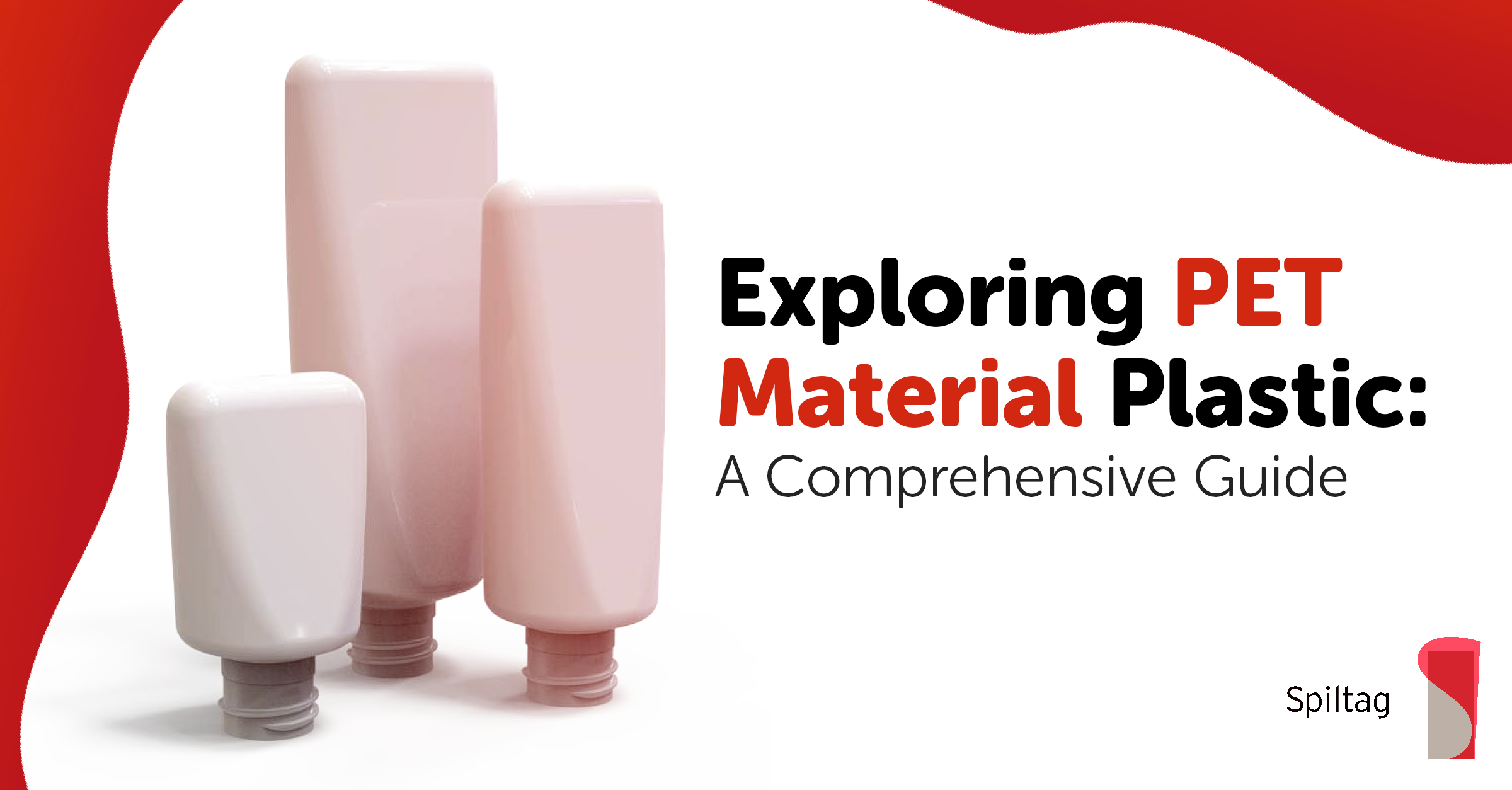
PET material plastic, or Polyethylene Terephthalate, has become a staple in various industries due to its versatility and durability. This guide will explore what makes PET material plastic a popular choice and its implications on the environment.
PET material plastic is a type of polyester that is molded into various forms. It’s lightweight, strong, and resistant to moisture, making it ideal for numerous applications. This section will delve into the basic properties and composition of PET plastic.
One of the most common uses of PET material plastic is in packaging. From water bottles to food containers, PET’s clarity and safety make it a preferred choice. This part will explore its role in the packaging industry and why it’s so widely used.
Apart from packaging, PET material plastic is a key component in textiles, known as polyester. It’s used in a wide range of products, including clothing and upholstery. This section will discuss how PET material has revolutionized the textile industry.
PET material plastic is one of the most recyclable plastics. This part will focus on the recycling process of PET, its challenges, and how it contributes to environmental sustainability. The importance of recycling and reusing PET material will also be highlighted.
The future of PET material plastic looks promising with ongoing innovations. This section will discuss the potential advancements in PET material, focusing on biodegradability and improved recycling methods. It will also touch upon how these innovations can impact our environment positively.
PET material plastic plays a crucial role in our daily lives. Its widespread use in various industries highlights its importance. Understanding its properties, applications, and environmental impact is essential for making informed choices about its use and disposal.
PET plastic is often marked with the number 1 inside the recycling symbol, typically found at the bottom of containers. This marking helps in identifying the recyclability and type of plastic used.
Several health organizations, including the European Union and the FDA in the United States, have confirmed PET plastic’s safety for direct food contact. This endorsement underlines PET’s reliability and safety in food packaging and medical applications. It is inert, meaning it does not release toxins into the environment, making it safe for food packaging, medical devices, and personal protective equipment.
Industries widely use recycled PET in producing fibers for clothing, carpeting, and insulation, and in manufacturing new PET bottles and containers. This versatile application of recycled PET highlights its importance in various sectors. It’s also used in automotive parts, construction materials, and furniture.
Recycling PET significantly conserves raw materials and reduces the need for virgin petrochemical feedstock. It requires less energy compared to producing new PET, thus resulting in lower greenhouse gas emissions. The recycling process for PET is efficient and contributes to a reduction in environmental impact.
PET’s high recyclability allows for its transformation into various products, significantly reducing the need for new raw materials. As one of the most extensively recycled plastics worldwide, it undergoes recycling multiple times. This recyclability plays a crucial role in environmental conservation, as it uses less energy and resources compared to manufacturing new PET plastic
Check our linkedin page and our products!